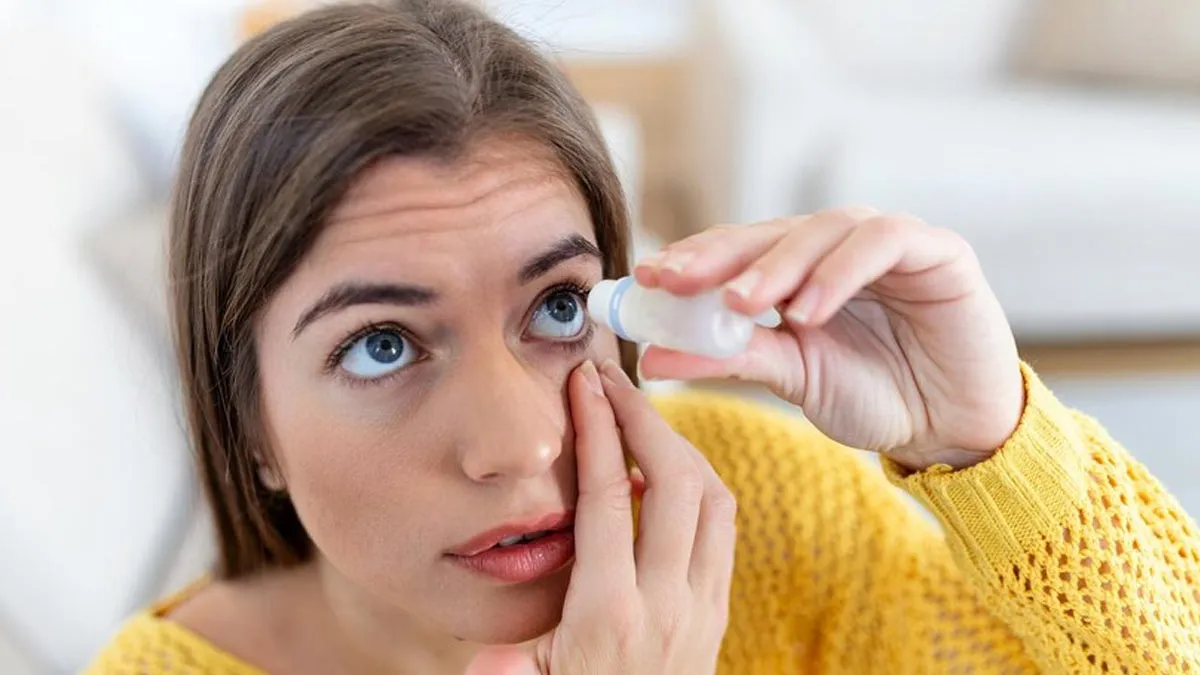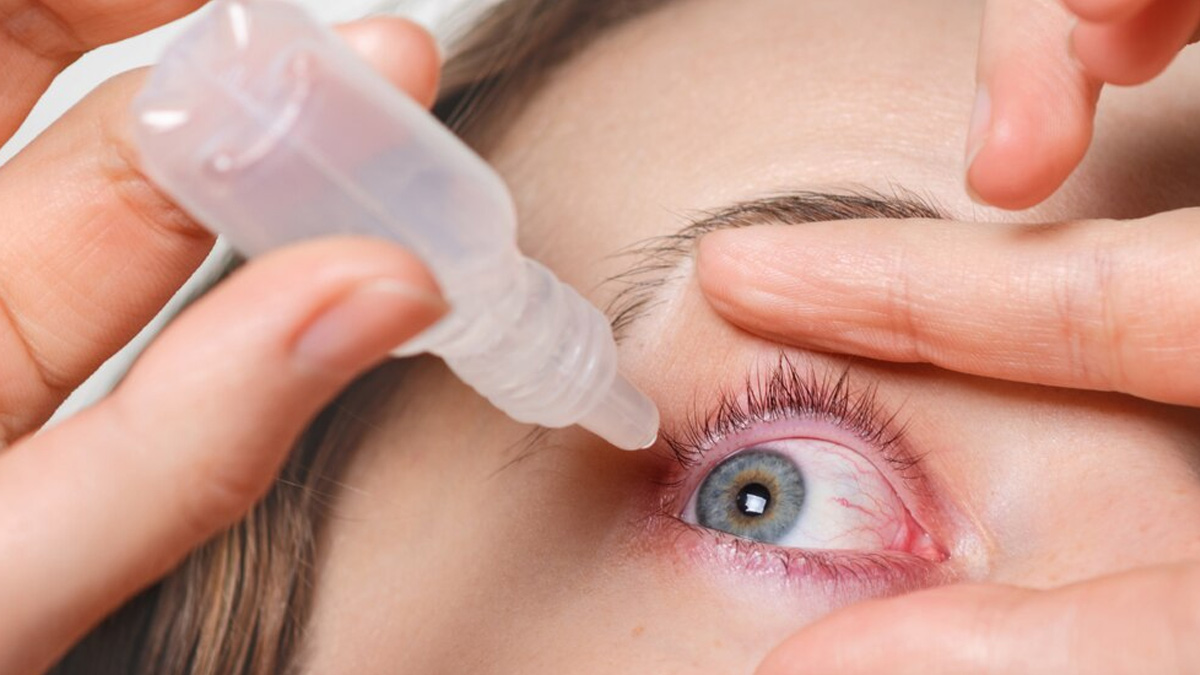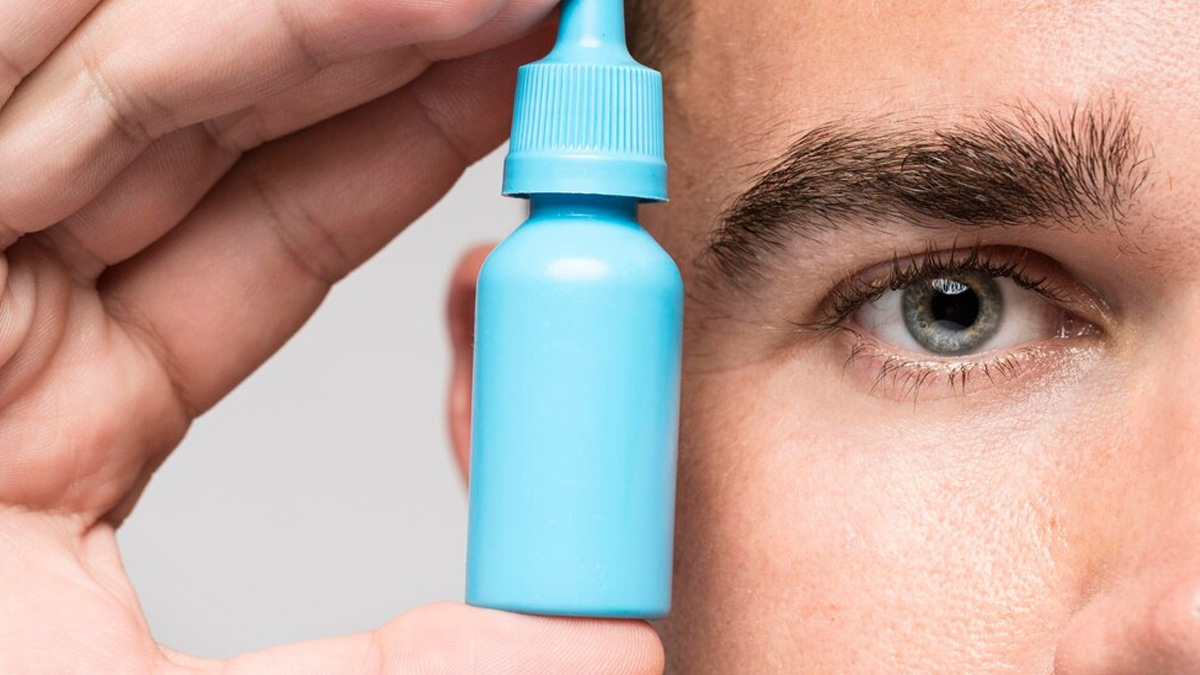
Eye infections bring discomfort, such as redness and irritation that can disrupt your day, making even simple tasks harder. Antibiotic eye drops often provide relief, helping to clear up infections and ease symptoms. But the way they’re used matters more than we realise. Missteps can slow recovery or cause complications, which no one wants to deal with. We spoke to our expert Dr Priyanka Singh (MBBS, MS, DNB, FAICO), Director and Consultant Ophthalmologist, Neytra Eye Centre, New Delhi, who shared practical tips to help you use antibiotic eye drops correctly and support safe, efficient healing.
Table of Content:-
According to the American Academy of Ophthalmology (AAO), antibiotic eye drops are prescribed by doctors to treat bacterial eye infections. They work by targeting and eliminating the bacteria responsible for causing the infection.
Common Uses of Antibiotic Eye Drops

Antibiotic eye drops are often indicated for bacterial conjunctivitis, corneal ulcers, blepharitis, or following eye surgeries as a means of preventing infection. “Unlike other conditions of the eyes that are viral or allergic, bacterial infections typically are discerned by yellow or green discharge with accompanying redness and swelling,” said Dr Singh. It is best to consult an eye care professional to confirm the need for antibiotics, as these medications are ineffective against conditions caused by viruses or that are non-infectious.
The Risk of Abuse or Overuse
“Overusing or improperly using antibiotic eye drops can lead to antibiotic resistance, which is a growing global health concern. When bacteria become resistant, they alter themselves and evade treatment, making future infections much harder to treat,” added Dr Singh. To prevent this, it is essential to follow the prescribed dosage for the full duration of treatment, even if symptoms improve before completing the course.
Also Read: Lasik Eye Surgery: Is It Right For You? Doctor Explains Pros And Cons
Hygiene Practices: Safe Use
To ensure proper hygiene while using antibiotic eye drops, it is important to maintain a clean environment to prevent reinfection or contamination from poor hygiene practices. Dr Singh listed some of the vital practices as follows:

- Wash Your Hands: Use the eye dropper only after washing your hands with soap and water.
- Avoid Touching the Dropper Tip: Avoid touching your eye, finger, or any other surface with the dropper tip to avoid contamination.
- Dispose of Expired Medication: Eye drops should be discarded after one month of being opened. Mention the date of opening on the pack and do not reuse any kind of eyedrops beyond one month. For example, antibiotic eye drops must not be utilised past their date because the medication might deteriorate or become a culture for bacteria.
Managing Possible Side Effects

“Common side effects of antibiotic eye drops may include mild stinging, redness, and temporary blurred vision. These effects normally resolve on their own. However, if you experience severe itching, swelling, or any changes in your vision, stop using the drops immediately and consult your doctor,” advised Dr Singh. People with a history of allergies should inform their doctor before beginning treatment.
Also Read: How Age-Related Vision Changes Affect Men: What To Expect In Your 40s and Beyond
Special Considerations for Specific Groups
Certain antibiotic eye drops are not suitable for infants, pregnant women, or individuals suffering from specific health conditions. When needed, your ophthalmologist or eye specialist may recommend alternative medications that are harmless for you. Make sure you are cautious with dosage when it comes to children.
Importance of Completing the Course
It is essential to complete the entire course of treatment prescribed to you, even if you start feeling better and your symptoms have reduced after a few doses. Stopping the treatment early can allow some bacteria to survive and multiply, which may lead to the infection returning.
Correct Usage and Storage to Ensure Effectiveness
-1733210116678.jpg)
- Follow Instructions: Take the right dose and at the right intervals.
- Proper Storage: The antibiotic eye drops should be kept in a cool, dry place, and for some, refrigeration may be required.
- Check Labels: Always check the storage instructions on the label.
- Shake Well: With suspensions, a shake of the bottle is important before use to mix the medication well.
When to Seek Medical Advice
Dr Singh concluded, “If the symptoms persist or get even worse after several days of eye drop antibiotics, you must revisit your eye doctor as soon as possible. This would have been a misdiagnosis or the requirement for another line of treatment. As a result, if the guidelines are followed, the eyes can heal safely and efficiently. You will be able to avoid complications and ensure good eye health.”
[Disclaimer: This article contains information provided by an expert and is for informational purposes only. Hence, we advise you to consult your professional if you are dealing with any health issues to avoid complications.]
Also watch this video
How we keep this article up to date:
We work with experts and keep a close eye on the latest in health and wellness. Whenever there is a new research or helpful information, we update our articles with accurate and useful advice.
Current Version